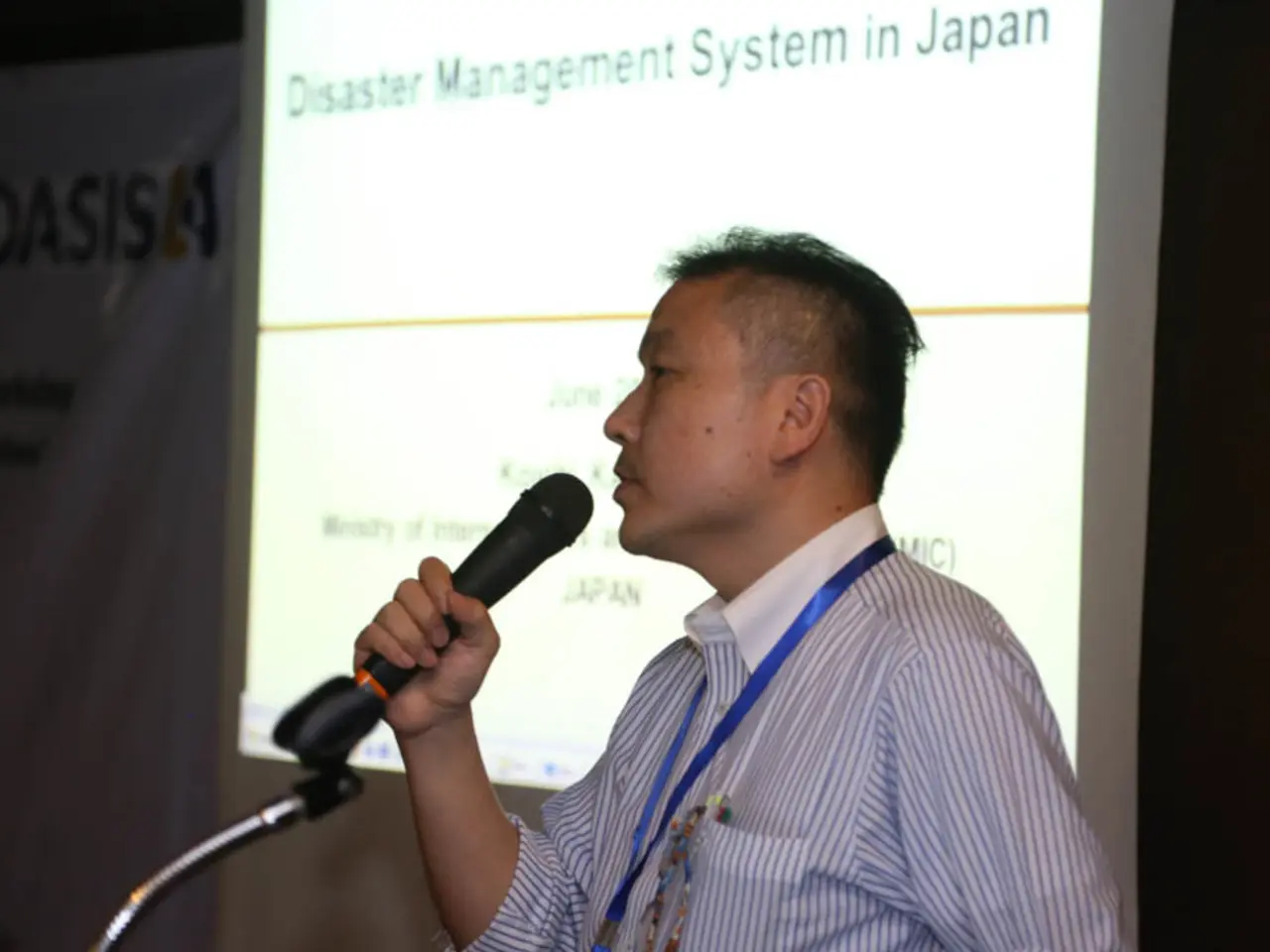Honing Critical Thinking Capabilities in Emergency Situations
Preparing for Crisis: Building Critical Thinking Skills and Resilience
In the face of crisis situations, the ability to make tough decisions under uncertainty is a testament to human resilience and adaptability. To help individuals and organizations navigate these challenging times, it's essential to develop critical thinking skills and effective decision-making strategies.
One approach to achieving this is by designing critical thinking training programs tailored to crisis situations. These programs focus on developing skills relevant to crisis management, such as situational awareness, problem-solving, and communication.
To create such programs, consider the following key steps:
- Assess the baseline and tailor the program: Understand the current skill level, experience, and specific needs of your team to customize content that is relevant to different roles. This ensures that the training feels actionable and engaging.
- Integrate situational awareness with critical thinking: Focus training on cultivating both situational awareness (the ability to observe and understand environmental cues) and critical thinking (analyzing those cues to make decisions). Use mindfulness exercises and scenario-based learning to enhance these interconnected skills.
- Use realistic crisis simulations: Implement scenario-based crisis management exercises to practice quick decision-making with incomplete information and learn to communicate effectively under pressure. Debrief these exercises thoroughly to identify strengths, weaknesses, and improvement areas.
- Keep sessions interactive and practical: Training should include hands-on exercises, quizzes, and feedback to encourage active participation and reinforce learning. Sessions of 60–90 minutes that focus on essential skills and roles in a crisis are most effective.
- Develop decision-making frameworks and communication protocols: Provide clear documentation on crisis response procedures and decision-making structures to guide teams in real situations.
- Build team cohesion and resilience: Facilitate relationship-building activities and regular meetings to enhance trust and coordination among crisis team members, which improves overall performance during actual crises.
- Support ongoing growth and internal capacity building: Adopt a “train-the-trainer” approach to empower internal leaders to sustain and evolve the training program, ensuring long-term capability development.
- Incorporate real-time leadership and reflective learning: Combine leadership assignments with coaching and reflection to stretch capabilities without overwhelming participants. This process helps them integrate decision-making skills with real business challenges and build confidence.
By implementing these components, organizations can create effective, scalable, and adaptable critical thinking training programs that prepare individuals and teams to make sound decisions in high-pressure crisis situations.
In addition to critical thinking skills, it's crucial to address other aspects of crisis management, such as communication strategies, fostering a culture of critical thinking, long-term planning vs. immediate needs, safety protocols, balancing personal and community needs, cultural sensitivity, collaboration with neighbors, environmental considerations, and resource allocation.
For more information on critical thinking, problem-solving techniques in emergencies, developing resilience through critical thinking, and crisis management, visit www.criticalthinking.org for a comprehensive resource.
[1] Critical Thinking Skills Training Guide Download [2] When There Is No Right Answer [3] Crisis Management and Critical Thinking Download [4] Developing Resilience through Critical Thinking Download [4] Critical Thinking in Crisis Situations Download [5] Caveman Reset Series [6] Communication Strategies [7] Fostering a Culture of Critical Thinking [8] Long-Term Planning vs. Immediate Needs [9] Safety Protocols [10] Balancing Personal and Community Needs [11] Cultural Sensitivity [12] Collaboration with Neighbors [13] Environmental Considerations [14] Resource Allocation [15] Mental Health Support [16] Training and Skill Development [17] Medical Prioritization [18] Evaluating and Sustaining Critical Thinking Programs [19] Caveman Reset Series [20] Implementing Engaging Training Activities [21] Community Engagement [22] Rebuilding Strategies [23] Assessing the Need for Critical Thinking Skills [24] Crisis Management and Critical Thinking Download
- To optimize leadership in crisis management, organizations can integrate crisis management training programs with education-and-self-development resources on effective communication, balancing personal and community needs, and fostering a culture of critical thinking.
- In consideration of the future financial impacts of a crisis, organizations should develop decision-making frameworks and communication protocols that prioritize resource allocation while maintaining safety protocols and aligning with environmental considerations.
- To successfully navigate conflicts that may arise in crisis situations, it's essential for individuals and teams to practice crisis simulations, focusing on quick decision-making, problem-solving, and effective communication, further honing their leadership, business, and education-and-self-development skills.




